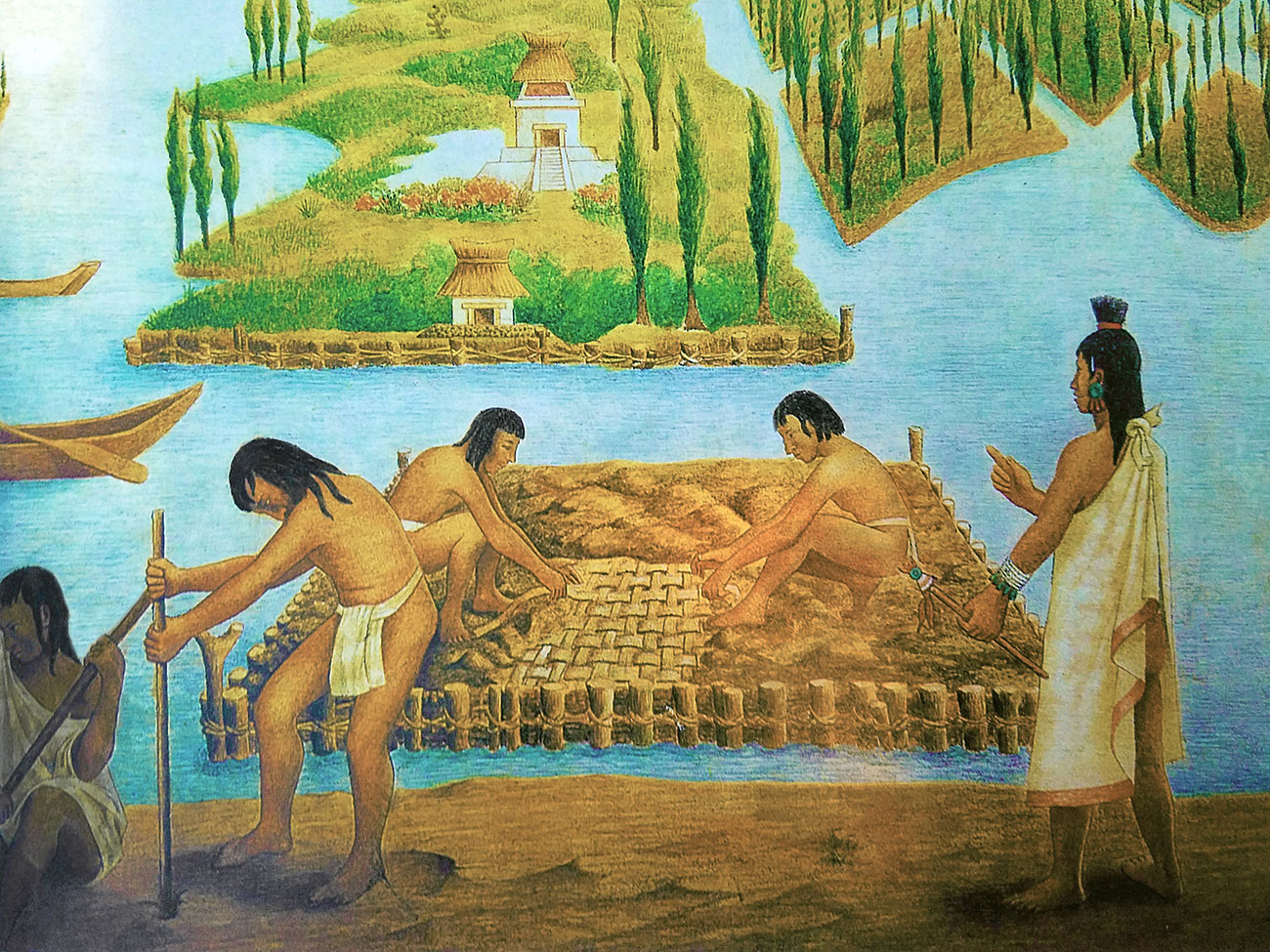
Aztec Agriculture
In the eyes of the ruling elite, arable land remained the basis for all wealth. Agricultural land was held collectively by local districts, or owned by public institutions such as temples, or by the city itself. There was no individual ownership, but instead there was a collective with individual rights. The collective was called a calpulli. The individual could work the land for a lifetime and leave it to his sons upon his death.
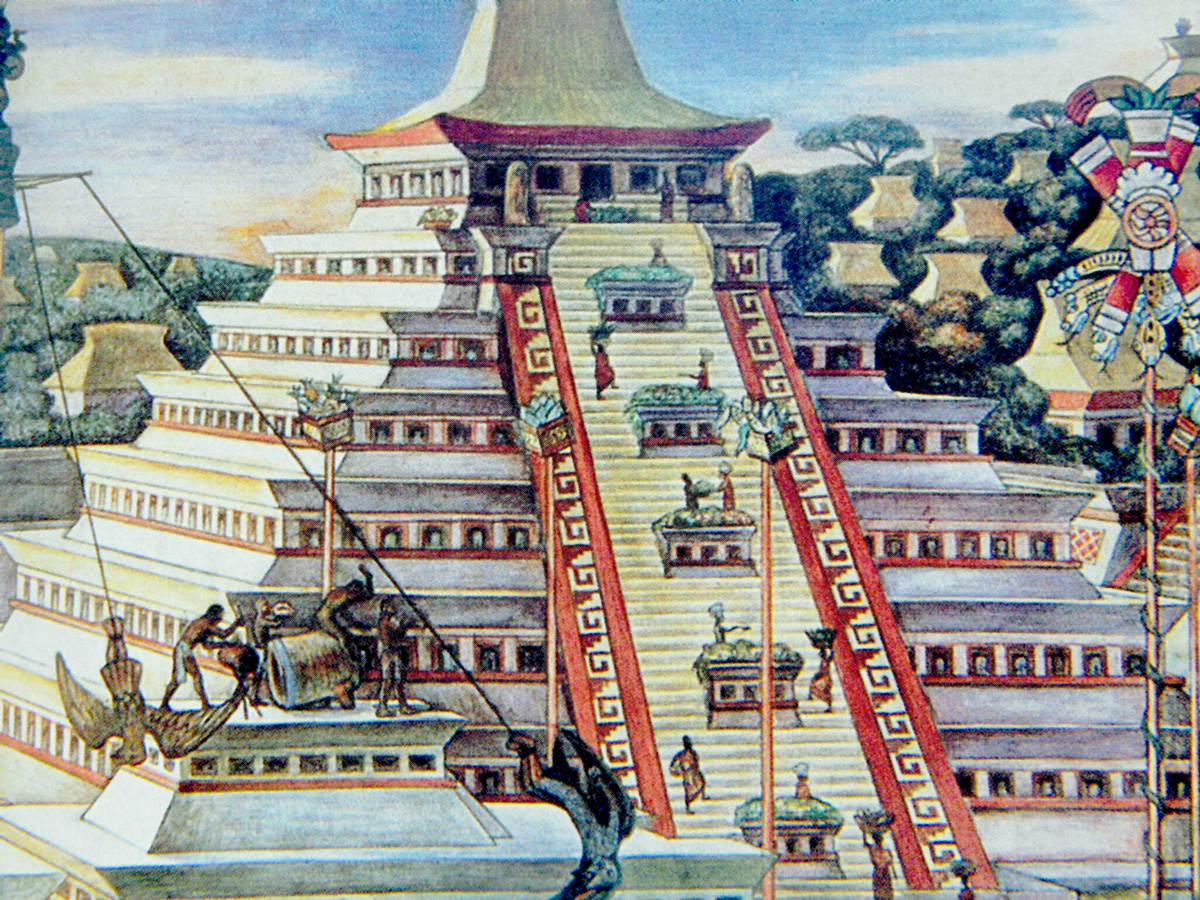
Aztec Architecture
Unfortunately, the city Tenochtitlan was destroyed by Cortes immediately after the Aztecs were conquered. Today, we find the location of the former central square of Tenochtitlan coincides perfectly with the location of the Zocalo in Mexico City. Buried under the pavement of the modern Zocalo lies a wealth of buried artifacts.
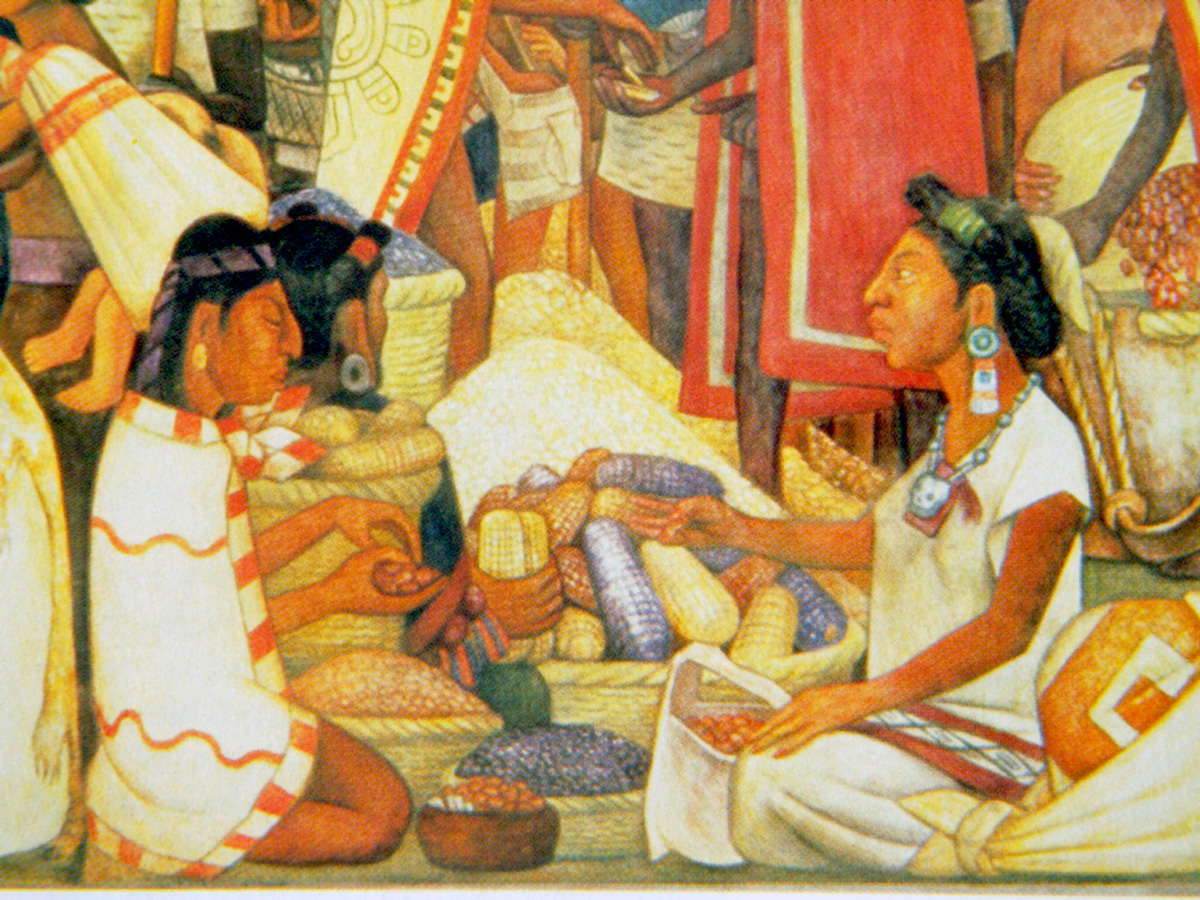
Aztec Art History
The great artists of the Aztec Empire bore the title of “tolteca”. This was because the skills that they practiced originated in the ancient Toltec civilization. The title tolteca meant that they were exquisitely skilled craftsmen. They excelled in feather work, goldsmithing, jewelry making, and the cutting of gemstones. The term for their technique was called toltecayotl, or “the Toltec thing”. These craftsmen worked with simple tools and infinite patience. It is said that nothing was difficult for them and everything made was of the first order.
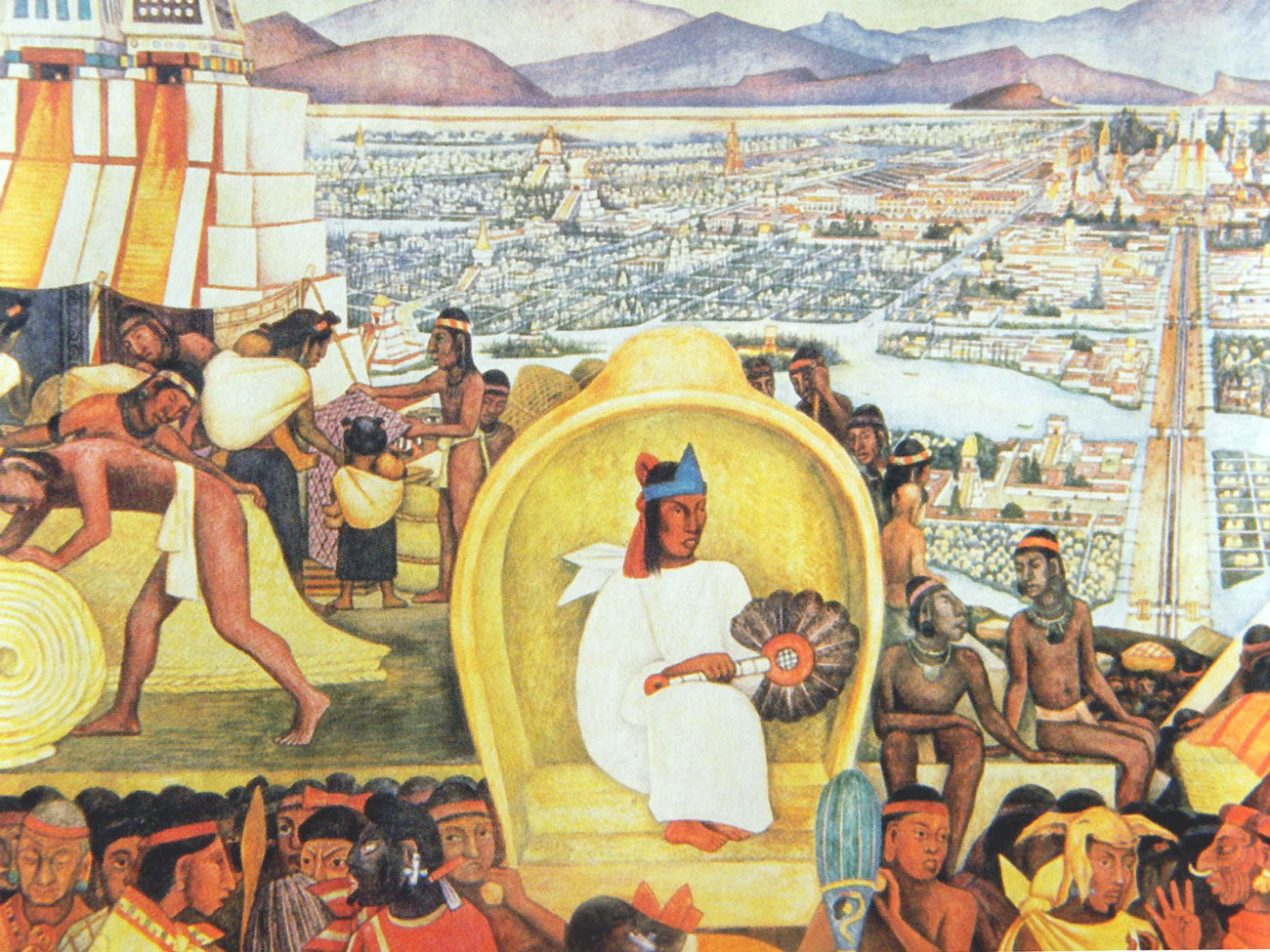
Aztec Government
Over the span of many decades Aztec tribal democracy was replaced by an imperialistic monarchy. At the head of this imperialistic monarchy stood the leader, the emperor or king, a man the Aztecs called “tlatoani.” The tlatoani lived in an incredible palace with his family and advisers. The highest ranking people in the Aztec government were called tecuhtli. Generals, chiefs, judges, even the emperor and the gods of the Aztec religion carried this title. However, priests rarely carried this title. A tecuhtli was always a man of importance. It was the tecuhtli that the Spaniards called caciques. The tecuhtli wore distinguishing jewels and clothes and their name always ended with -tzin. They all lived in palaces, and were supported by the people of his village or town. It was their duty to represent the people of his village before the higher authorities.
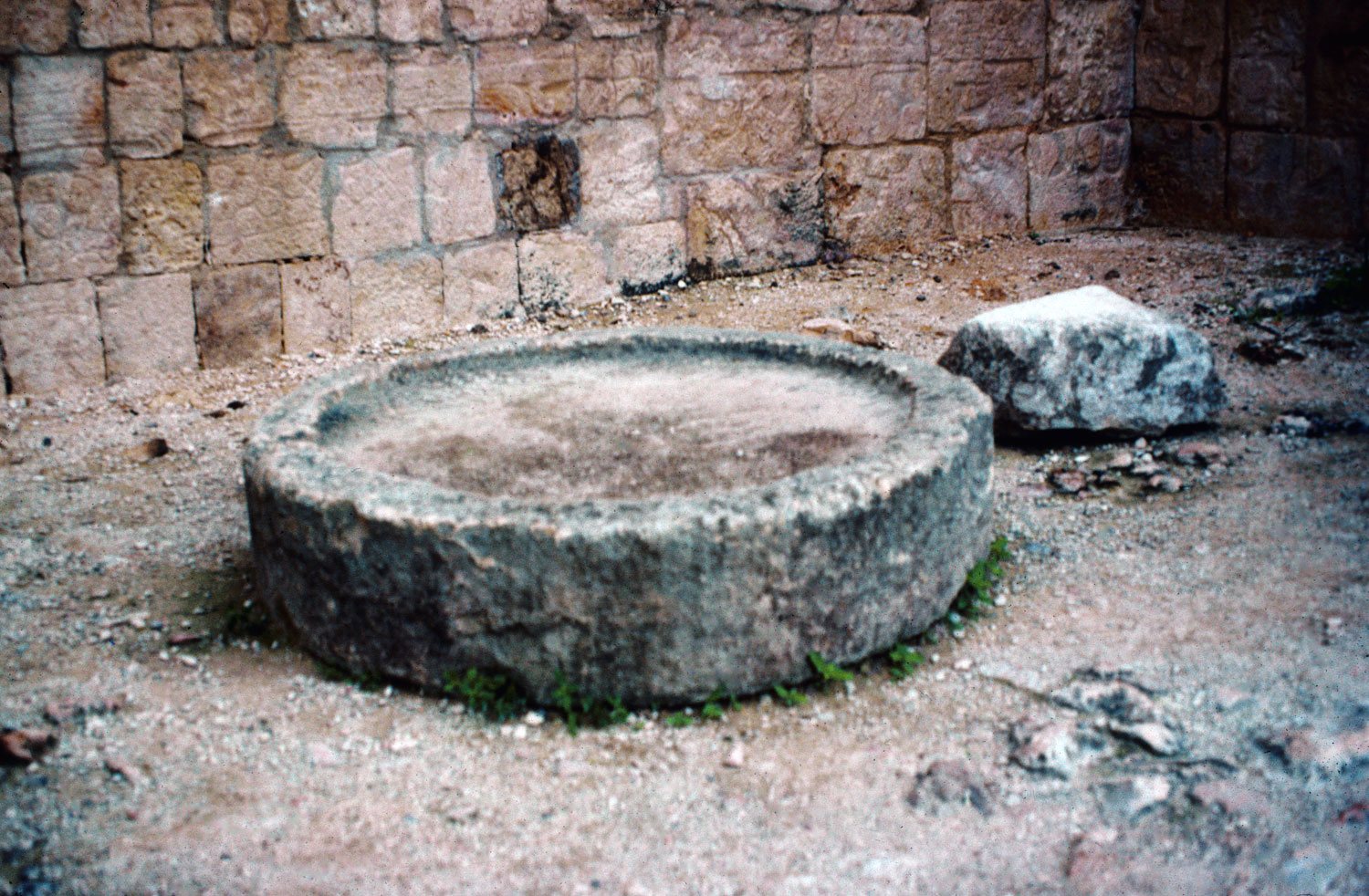
Aztec Human Sacrifice
Historically, there is no aspect of the Aztec culture that shocks us more than human sacrifice. As hard as it is for us to imagine it, imagine how the first conquistadors felt when they witnessed it for the first time. It left them completely horrified, and then some of their own men met the same fate. To their horror, they would discover their fellow Spaniards grinning heads displayed on a tzompantli (a horizontal pole).
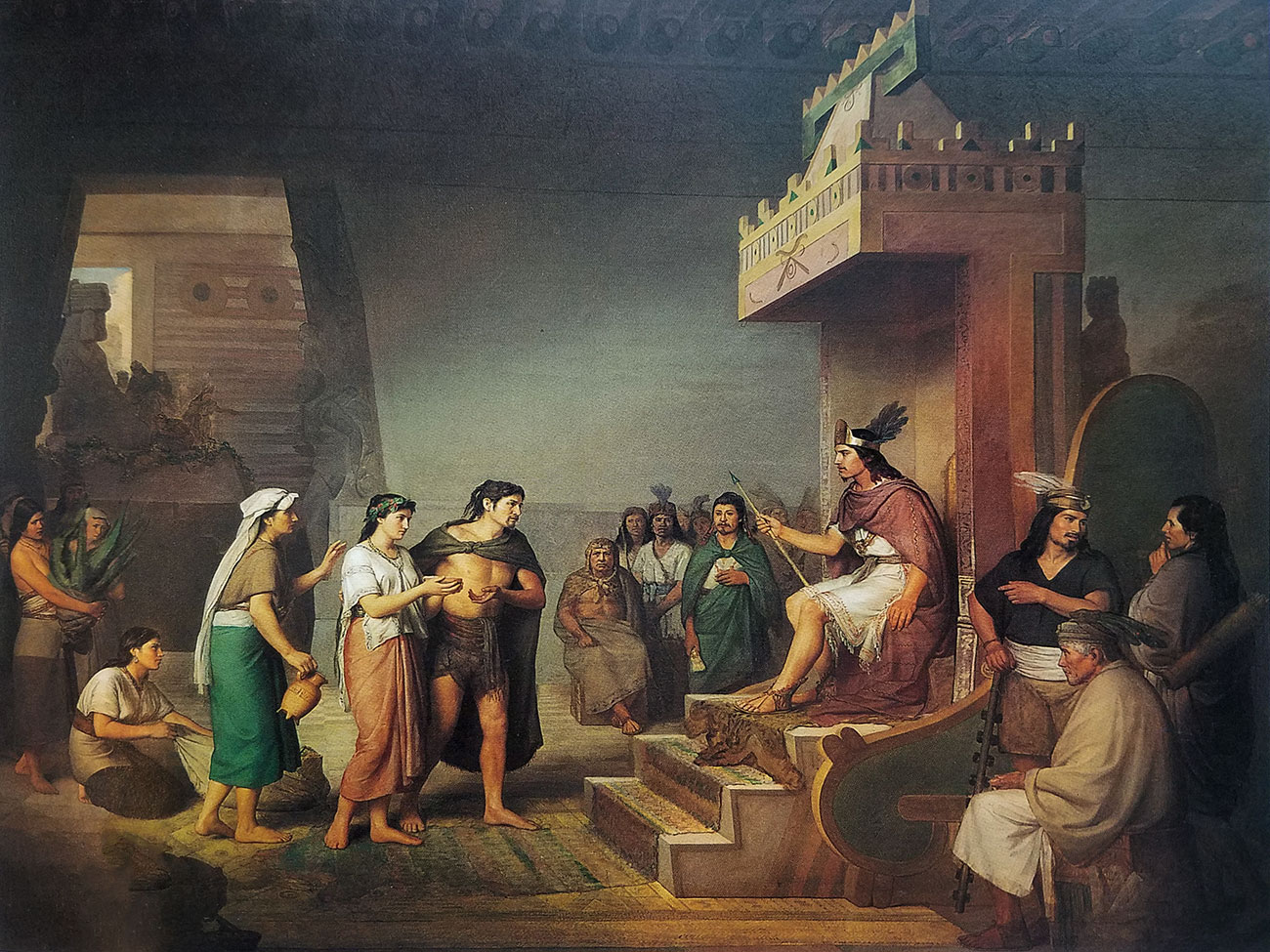
Aztec Lifestyles
Ancient Aztec children were usually born with the help of a mid-wife. After the umbilical cord was cut, the mid-wife washed the baby and prayed to the water god Chalchiuhtlicue. Soon after the prayer the name of the child was announced. Most Aztec children survived on a strict diet of corn cakes and mothers milk.

Aztec Military
Aztec children were dedicated to war from the day that they were born. At birth, their umbilical cords were cut and buried with a shield and arrows. The children were told that they had come into the world to fight. Boys that were six or seven attended telpochcalli. These were neighborhood schools where they received military training. The god Tezcatlipoca ruled over the telpochcalli. When the boys were ten years old they had there hair cut so that all that was left was a lock on the nape of their necks.
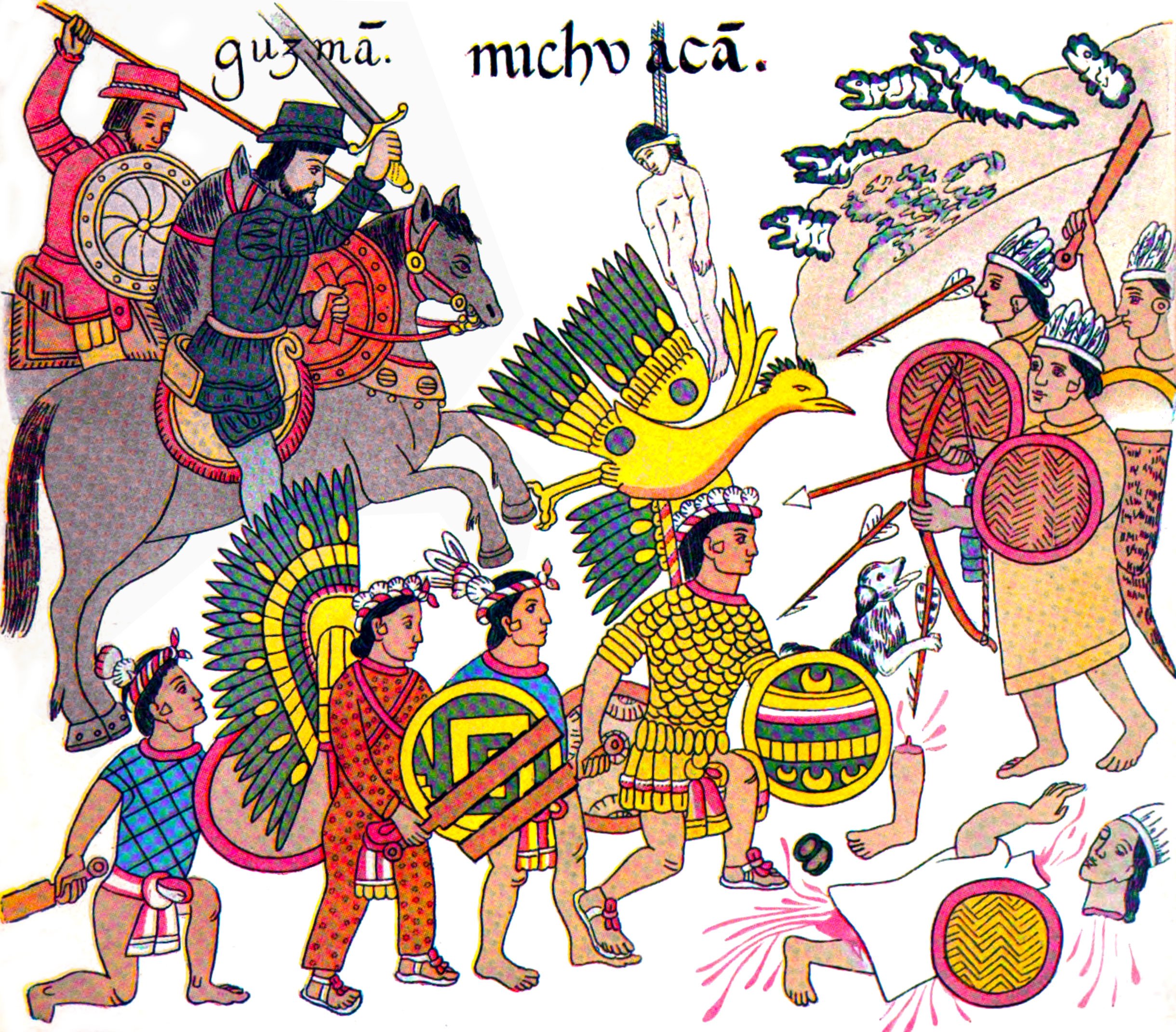
Aztec Origins
The Aztecs were known to have traveled for a very long time. They settled in many places due to a variety of circumstances. The Aztecs preferred to settle where there were lakes. Finally, around 1325 A.D.,guided by their leader Tenoch, they arrived at a tiny island in the center of Mextliapan lagoon where they saw an eagle devouring a serpent on top of a nopal cactus. According, to Aztec mythology this was the sign for them to settle down.
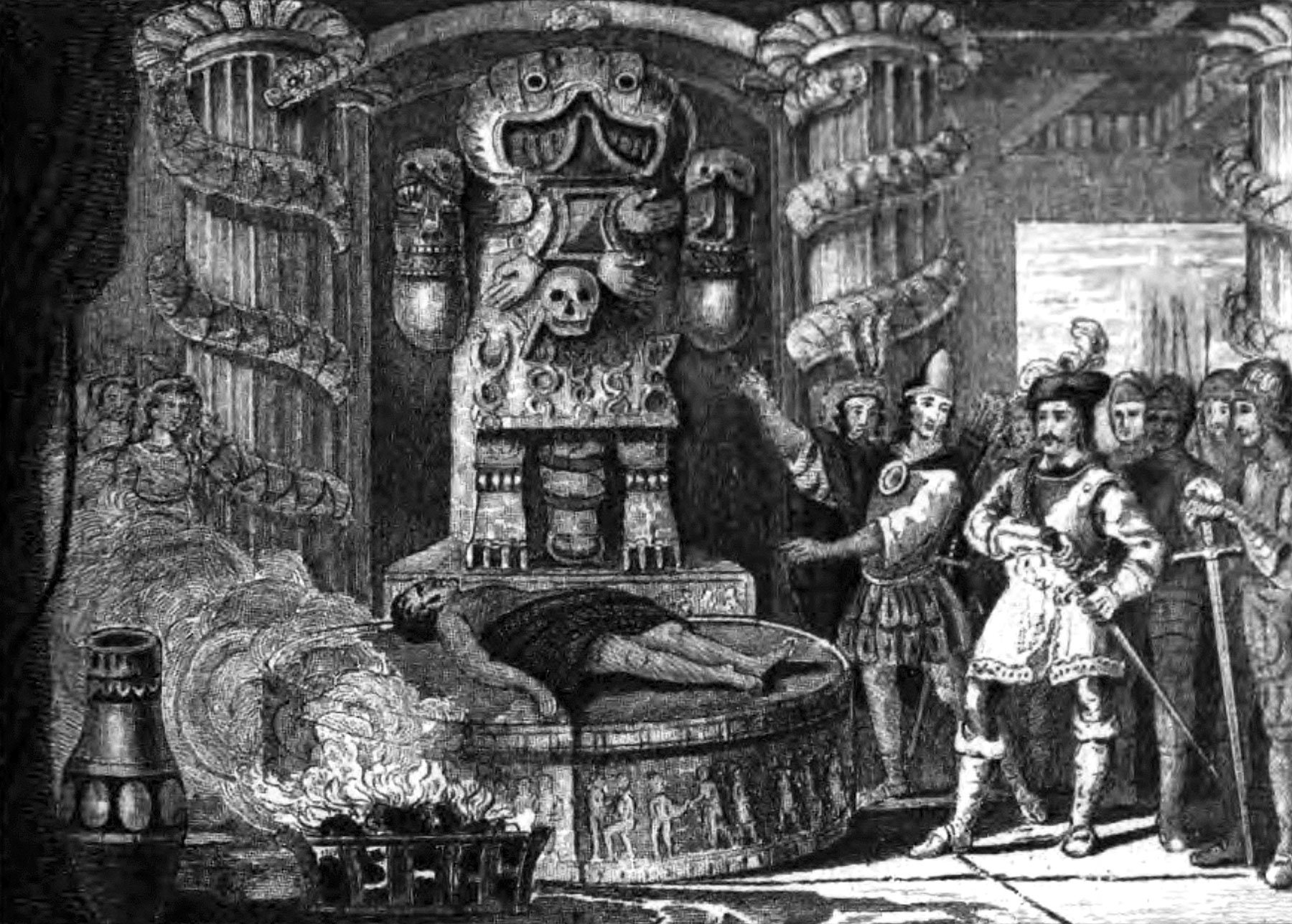
Aztec Religion
The Aztecs and other Mesoamerican cultures believed that several successive worlds had existed before ours, and each time mankind had been wiped out by some catastrophic event. This series of worlds were called the “Four Suns,” and the age that we now live in is the fifth.
